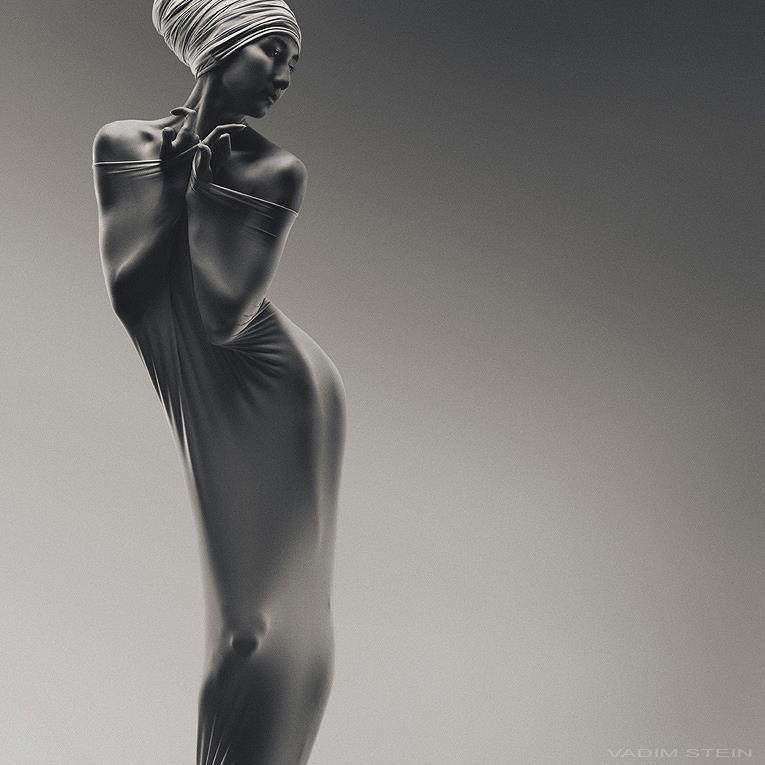Il pittore ed incisore Tedesco rinascimentale Lucas Cranach detto il Vecchio iniziò la sua carriera con un apprendistato presso la bottega del padre incisore, con il quale collaborò fino al 1498.
Tra il 1501-1504 viaggiò lungo la valle del Danubio fino a Vienna, dove frequentò gli ambienti umanisti. In quegli anni dipinse delle tavole di ispirazione religiosa (San Girolamo 1502, Crocifissione 1503, Riposo durante la fuga in Egitto 1504) ed il ritratto di un umanista viennese, il dottor Cuspinian e sua moglie, nel 1504.








.jpg)
.jpg)







